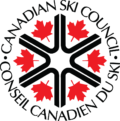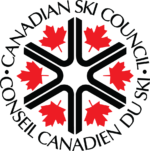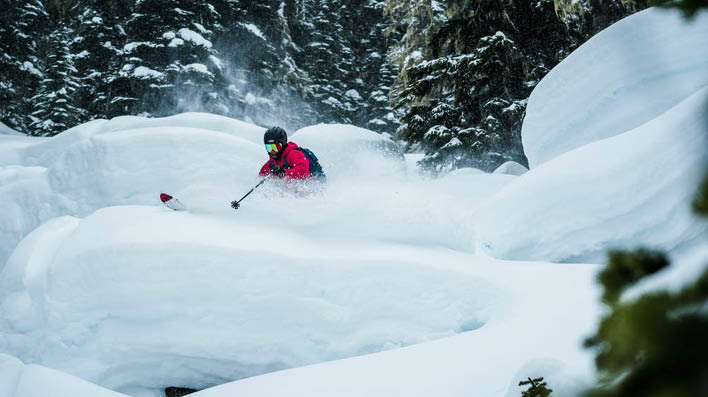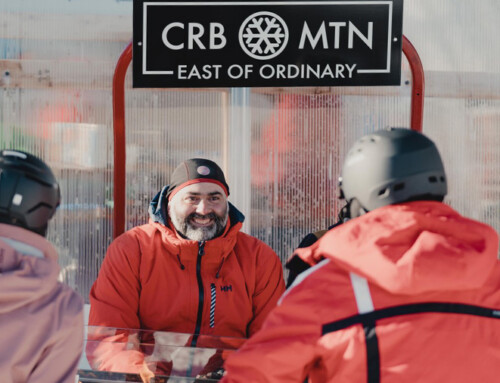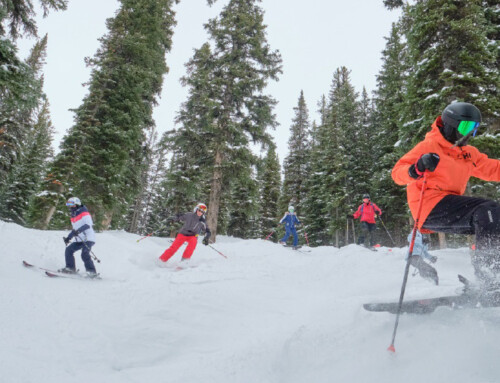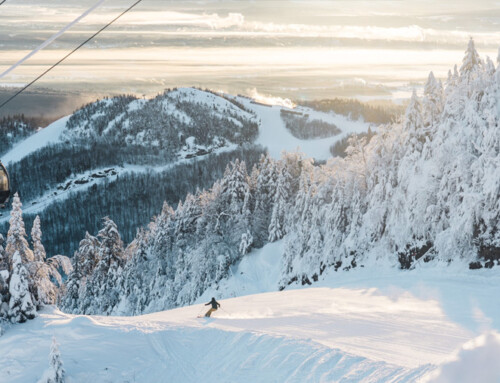This article originally appeared on:
Choosing new downhill skis might feel overwhelming when you’re looking at all the different types of skis (especially if you’re a new skier or are shifting from groomers to powder). But finding your perfect pair gets a lot simpler when you know what to look for and how to narrow down your options.
When you’re choosing downhill skis, here are some things to consider:
- Your skill level: What type of skier are you?
- Where you ski: It’s important to match your skis to the terrain and snow you’re skiing.
- Ski length: Learn what size skis to buy based on your height and weight.
- Ski shape and stiffness: Camber, rocker, sidecut and ski flex affect how skis feel underfoot.
- Choosing skis for kids: Growing kids mean there are a few things to keep in mind.
WHERE YOU SKI
Whether you’re hunting for the best skis for Whistler, want to ski powder in the Canadian Rockies, or need skis for eastern Canada (and east coast hardpack), you want to match your skis to your conditions. There’s a lot of crossover with skis, so many of them can be used in different types of snow and terrain, which gives you some flexibility. An important thing to think about is where you want to ski, not just where you can ski at present.
SKIS FOR GROOMED RUNS
If you’re want to lay your edges on groomers and focus on your turns, look at carving skis for on-piste. Quick and responsive, these are good options for beginner to intermediate skiers who are graduating to and refining their parallel turns. Skis for groomed runs are generally up to 84mm in width; stick to the upper range of this (75–84mm) if you’re skiing slopes west of the Rockies due to the snow conditions.
SKIS FOR MIXED CONDITIONS
If you’re after one pair of skis to take you from powder to ice, cut through corduroy and bounce over to steeps, look for all-mountain skis for both on- and off-piste. These can hold their own through heavy snow to lighter drifts and hardpack too. They come in a range of shapes to match your ski ability. In western Canada, mixed conditions usually include everything from groomed to glades to tree skiing to morning pow that turns into chop. Skis in the 85–110mm width range are typically good for slopes west of the Rockies. In eastern Canada, mixed conditions typically range from groomed runs to tree skiing, so slightly narrower widths of 75–99mm are more ideal.
SKIS FOR POWDER
If you freeride and like to seek out pockets of fluff at your local resort (and see yourself graduating to backcountry slopes), you need skis to help you float that are built for off-piste terrain. Wide waists are for powder skiing, and most have unique sidecut shapes that help them handle hardpack and mixed conditions. In eastern Canada, skis that are about 100mm underfoot with a rockered tip and tail would make great powder skis. For western Canada, think about the type of powder you’ll be skiing. In champagne powder near the Rockies, 120mm sticks will come in handy. For heavier coastal powder, you’ll want a slightly narrower ski width (110mm+ or so).
Check back next week for how to pick skis based on size and shape.
